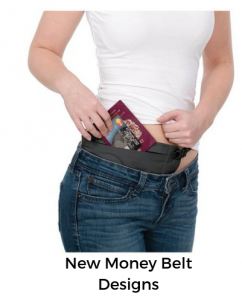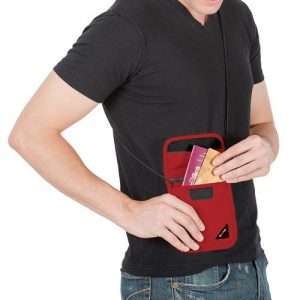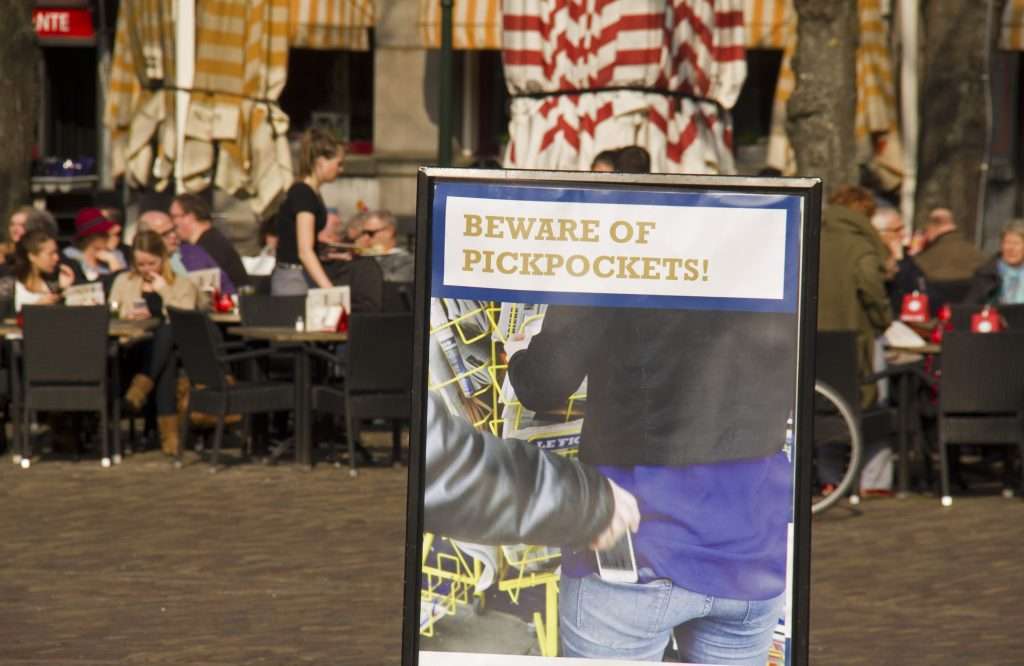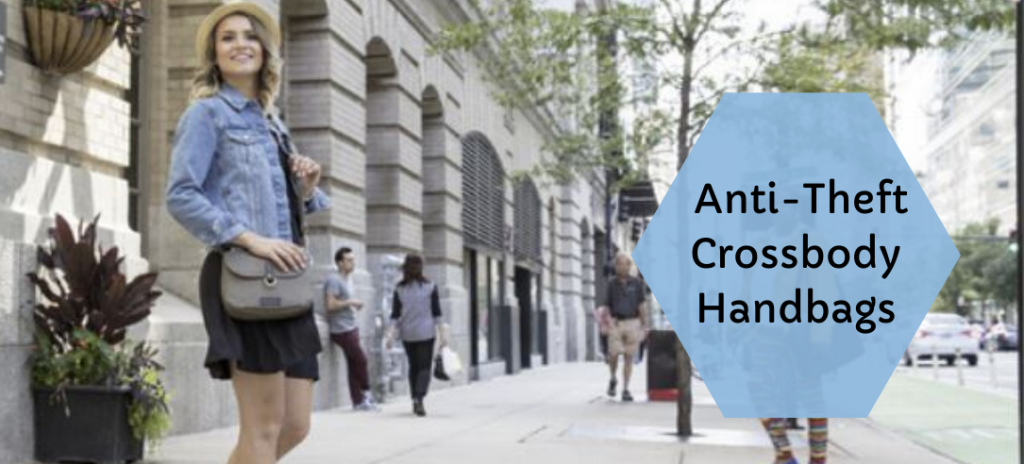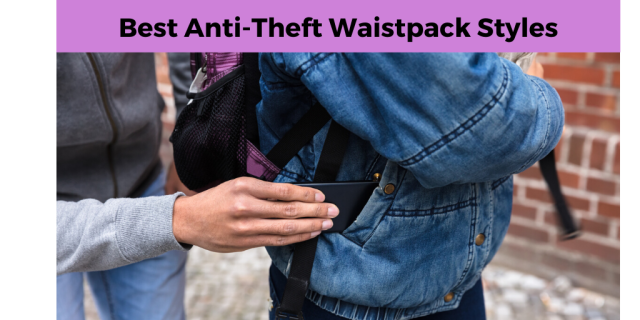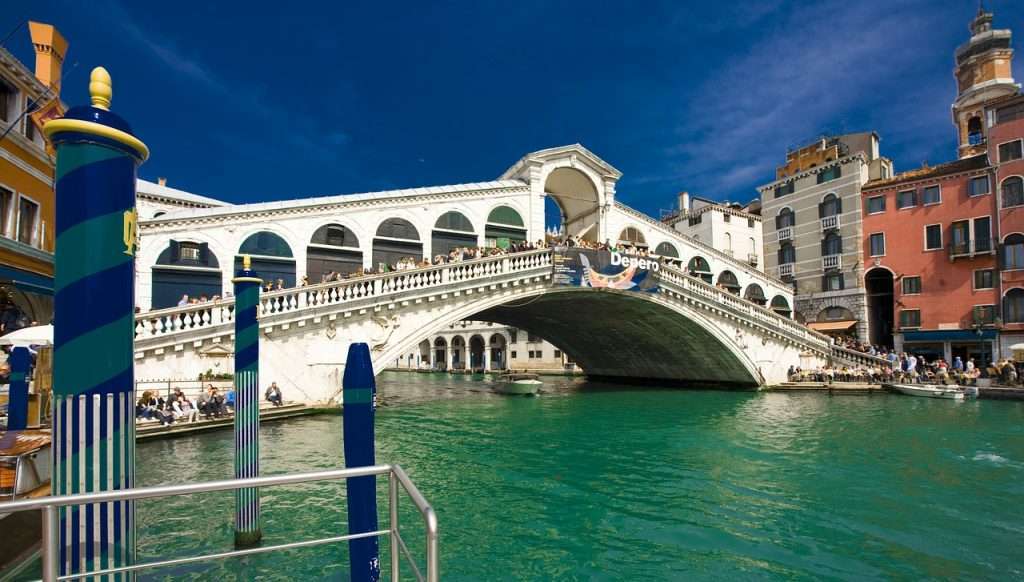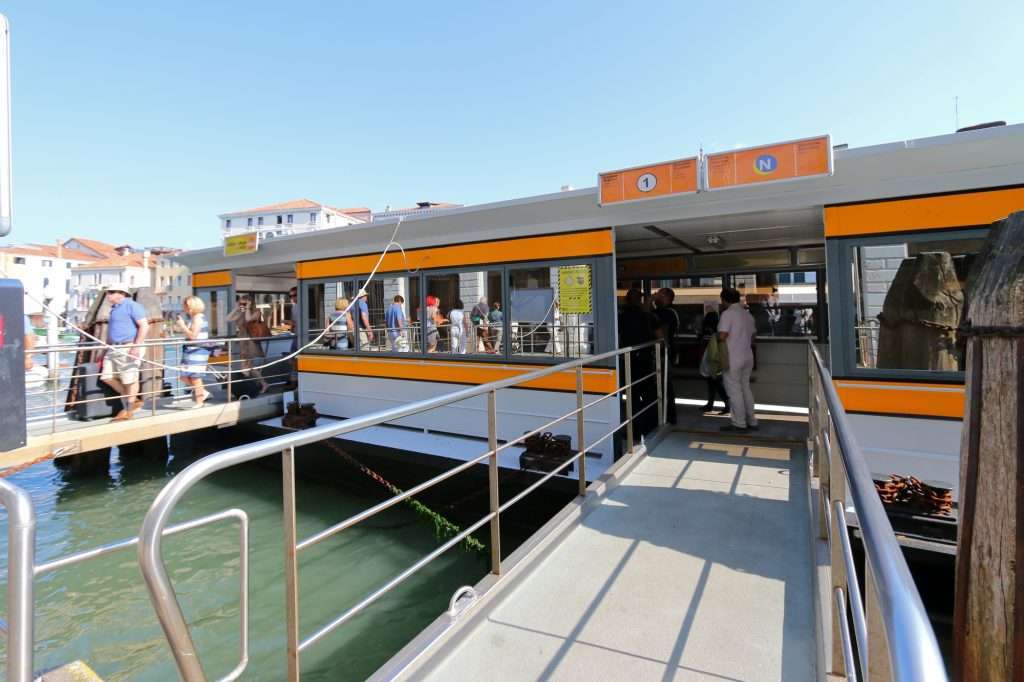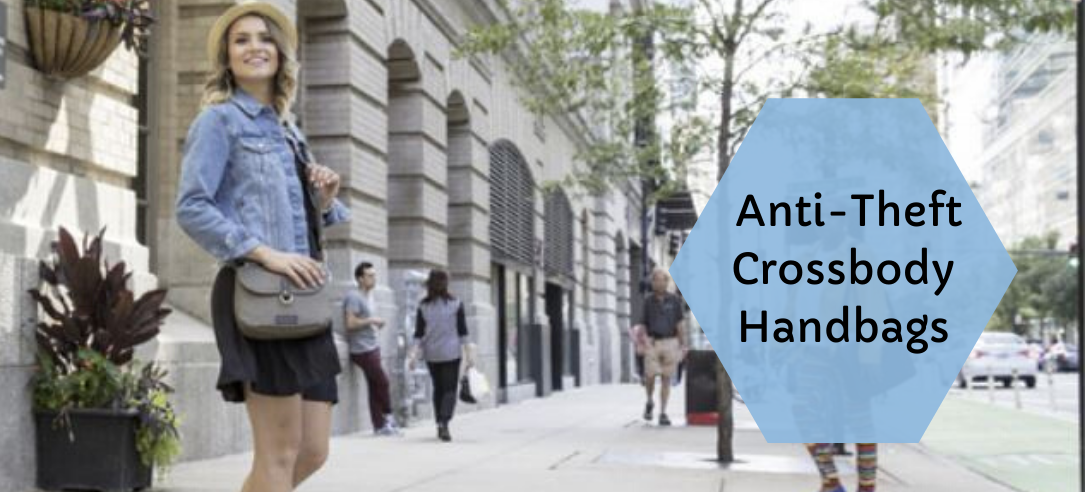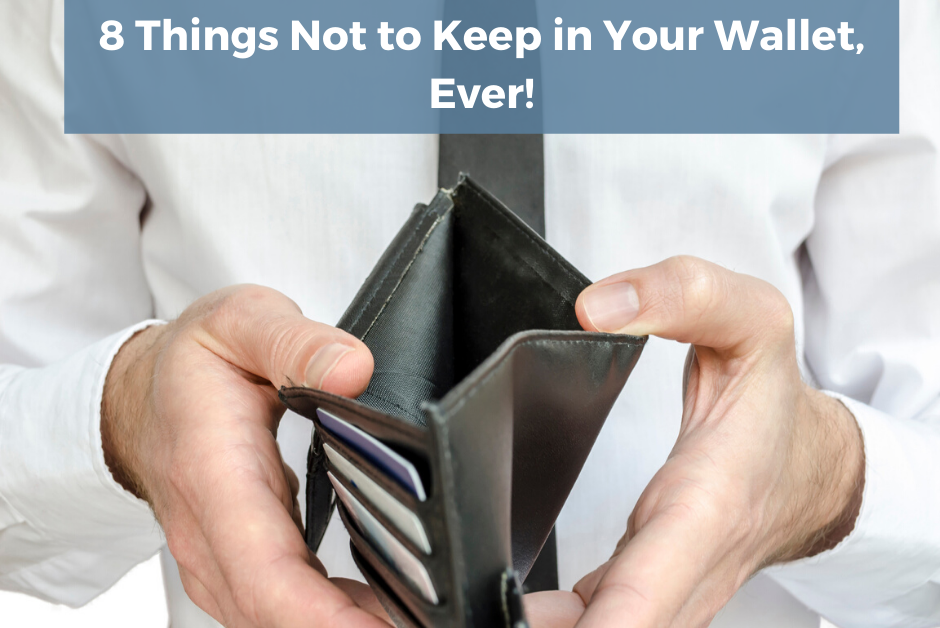While Venice is one of the jewels of Italy, it also has a reputation for children pickpockets. Most first-time tourists to Italy pick Venice as one of their destinations to visit. First-time tourists and even repeat visitors should be aware of children pickpockets in Venice. Tourists that are enjoying the charms of the city are prime targets for pickpockets of all ages including child pickpockets.
What may take thieves just a moment to “lift” from your pockets (passports, credit cards, and airline tickets) may take you days to replace. So travelers beware of even innocent-looking locals be they a well-dressed business person standing next to you or a playful group of young children.
Children as Thieves – Pickpockets in Venice
Schooling for thieves starts very early. A traveler was seated on a crowded bus in Rome on her way to the Vatican. She glanced down at her lap to find a tiny little hand reaching into her now unzipped fanny pack. The child could not have been more than 6 years old. Groups of children have been known to gang up on unsuspecting travelers as well. One common scenario is the newspaper trick. A group of children approach the unsuspecting tourist and ask for money or try to sell you knick-knacks as they jab at you with newspapers or cardboard. The papers effectively block your view of little hands fast at work, opening pockets, slashing belts, and cleaning out your travel funds. If you do catch on, usually the shock of being robbed by children delays your reaction a moment more, making for a successful robbery.
Why Children Make Good Thieves
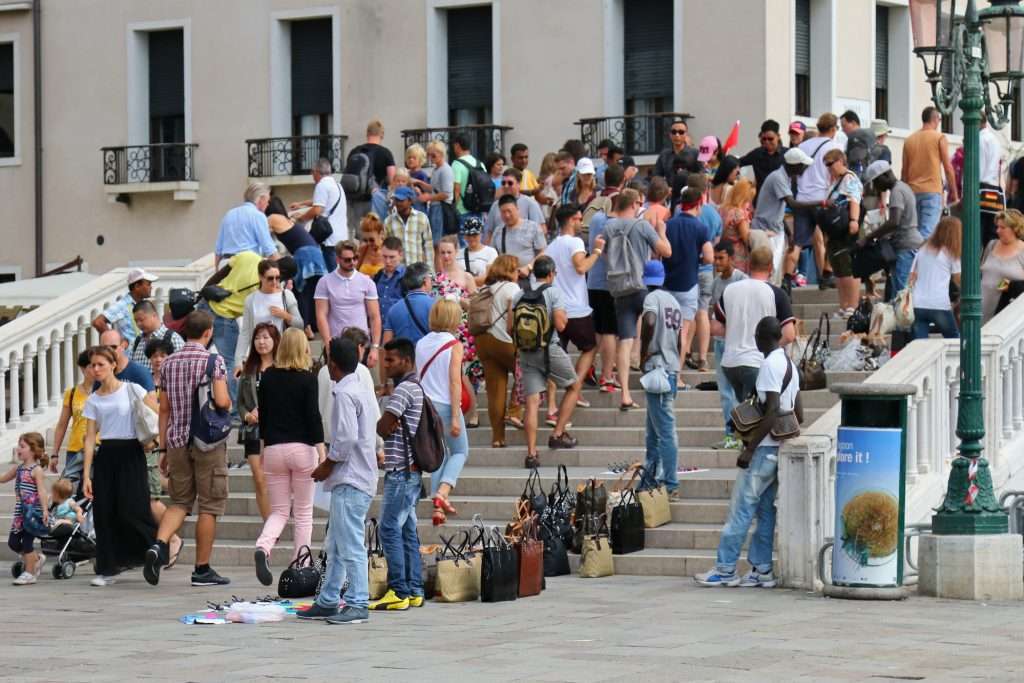
Street vendors selling souvenirs can be a distraction for tourists and an attraction for pickpockets.
More common in Rome and other Italian cities child pickpockets are now working in Venice too. Under 14 years of age, these children cannot be held accountable for their crimes by local law. So they are ideal for older thieves to train and put out on the streets to work. If the child thieves are picked up by police, they are taken to child refugee safe houses, and then they abscond in the morning only to be back on the street the very next day. Some of the children are stopped by Carabinieri (national police), fed-up local vigilantes and shopkeepers on a daily basis, but the rewards are great and the young thieves keep on robbing.
Be streetwise – Venice is a very safe town but pickpocketing is one thing you should look out for. Favorite places for the robbers include busy lanes and bridges, the bus terminus at Piazzale Roma, the St. Mark’s area and rush-hour water buses. Don’t be lulled into a false sense of security if the only people near you are ten-year-olds or heavily-pregnant girls; these are classic examples of the pickpockets sent out by Fagin-like operators. Newspapers have reported children as young as 5 being employed in crime. Be very aware of people falling in behind you in a queue, especially if you are being jostled. Shout loudly and attract attention if someone attempts to rob you.
Often girls are the ones to approach purse-carrying women as they seem the least threatening. They will play around you or distract you with a cardboard sign asking you to buy a trinket or candy. Children also have smaller hands which you may not feel slipping into a bag or pocket. Venice with its many alleys and narrow streets is an ideal setup for the thieves to steal from tourists and to and run away out of sight. Your best defense is a security purse that has built-in anti-theft features to keep your valuables secure from pickpockets. Travel with peace of mind.
Anti-Theft Travel Gear
Our best advice is to carry your valuables close to your body and hidden from view, if you can’t leave them locked in a hotel room safe. A neck pouch that zips closed or uses velcro to stay closed should be worn under your shirt or blouse. Even if the neck cord is visible or the item is a bit lumpy under your shirt most likely a thief will pass you up for another victim that isn’t wearing one. Another similar type of body wallet is a flat money belt that you tuck into the front of your pants.
More Articles You May Like




